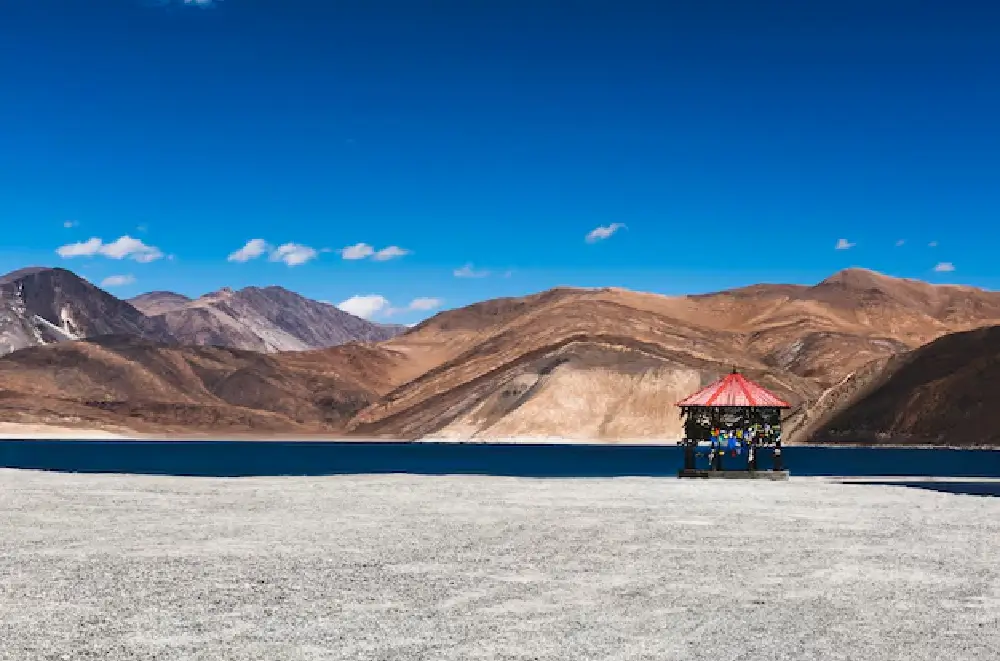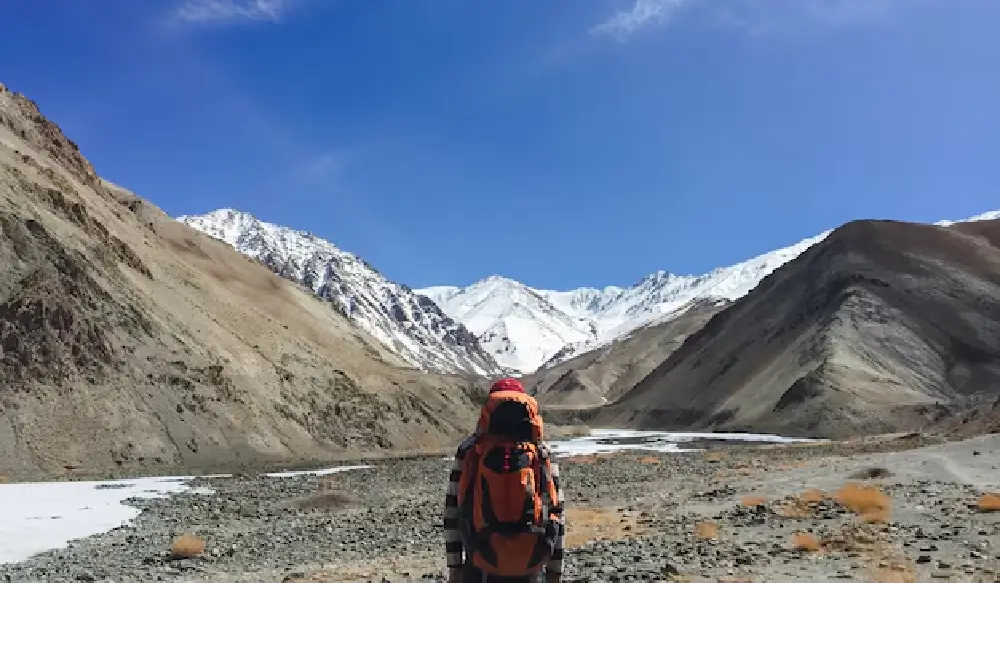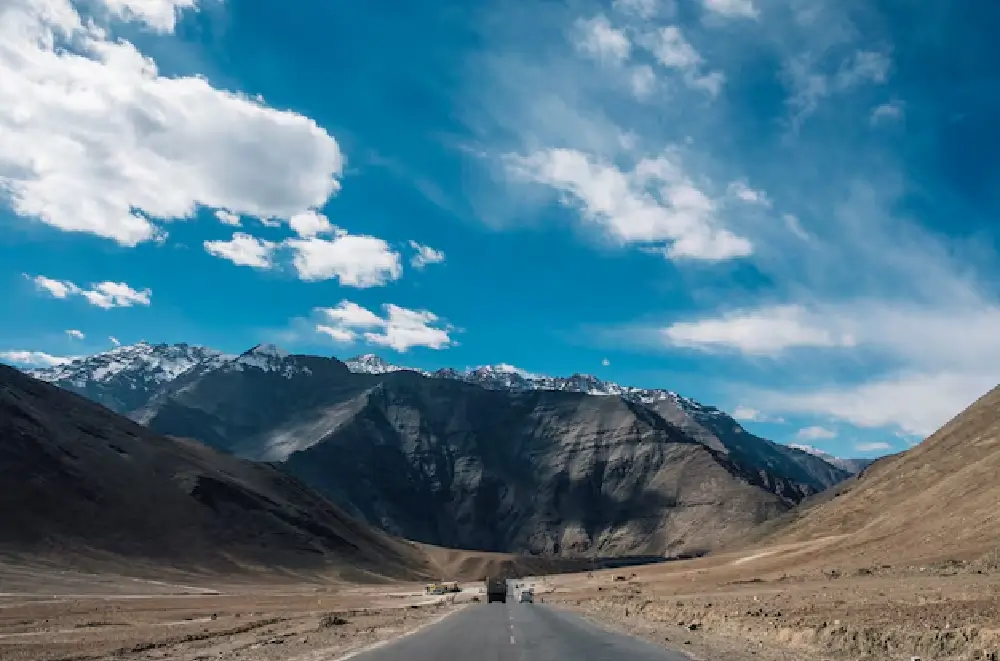Ladakh Tourism: An Untouched Himalayan Gem
Ladakh is one of India’s most spectacular high-altitude destinations — a region of dramatic mountains, crystal-clear lakes, ancient monasteries, and peaceful villages. Often called the “Land of High Passes”, Ladakh sits between the mighty Karakoram and Himalayan ranges, making it a paradise for nature lovers, bikers, and adventure seekers alike.
What Makes Ladakh Special?
Visiting Ladakh is like stepping into another world. Its rugged beauty and stark landscapes stand in striking contrast to its vibrant culture and warm-hearted people. Here, you can ride along some of the world’s highest motorable roads, camp under endless starlit skies, and listen to monks chant prayers in centuries-old monasteries.
Quick Facts About Ladakh
Details | Information |
|---|---|
Location | Union Territory in Northern India |
Altitude Range | 2,500m to 5,700m above sea level |
Best Time to Visit | May to September (summer & road trips)October to February (snow treks like Chadar) |
Major Attractions | Leh, Pangong Lake, Nubra Valley, Khardung La Pass, Zanskar Valley, Magnetic Hill, Hemis Monastery |
Adventure Activities | Bike trips, trekking, river rafting, camel rides |
Local Food | Thukpa (noodle soup), Momos (dumplings), Butter Tea |
Accessibility | By air (Leh Airport) or by road (Manali-Leh, Srinagar-Leh) |
What to See and Do in Ladakh
1. Leh:
The main town and base for most travellers. Explore Leh Palace, Shanti Stupa, and the colourful local markets.
2. Pangong Lake:
A breathtaking high-altitude lake that changes colour from blue to green to turquoise. A must for camping and photography.
3. Nubra Valley:
Famous for its sand dunes, double-humped camels, and the beautiful Diskit Monastery.
4. Khardung La Pass:
One of the world’s highest motorable passes — a dream ride for bikers.
5. Monasteries:
Ladakh is dotted with peaceful Buddhist monasteries like Hemis, Thiksey, and Alchi — each with its own unique history.
6. Zanskar Valley:
A remote valley known for its frozen river trek, the Chadar Trek, and stunning mountain views.
Best Time to Visit Ladakh
Most travellers visit Ladakh between May and September when the weather is pleasant and roads are open. For those who love snow and unique treks, winter months (December to February) bring a completely different side of Ladakh, including the famous Chadar Trek.
Simple Climate Graph for Ladakh
Here’s a rough idea of what temperatures you can expect in Leh:
Month | Avg. High (°C) | Avg. Low (°C) |
|---|---|---|
January | -3 | -15 |
April | 11 | -2 |
July | 25 | 10 |
September | 20 | 5 |
December | -1 | -12 |
Tips for Travelling to Ladakh
Take 1-2 days to acclimatise when you reach Leh to avoid altitude sickness.
Carry warm clothing even in summer — nights can be freezing.
Be mindful of local customs and respect monasteries and religious sites.
Choose eco-friendly homestays and minimise plastic waste.
Keep emergency medicines handy.
Why Book Your Ladakh Trip With Mauzee Holiday?
At Mauzee Holiday, we believe your trip should feel like it’s truly yours. That’s why we don’t just sell fixed Ladakh packages — we customise every detail as per your preference.
We listen to what you want, understand your travel style, and suggest the best routes, stays, and activities.
We give our 100% before confirming any package, ensuring you are satisfied and clear about your trip plan.
During the tour, our team stays connected and provides complete support so you can travel worry-free.
From solo travellers and bikers to families and honeymooners — we make your Ladakh journey safe, special, and memorable.




 06 Days
06 Days
 05 Nights
05 Nights



